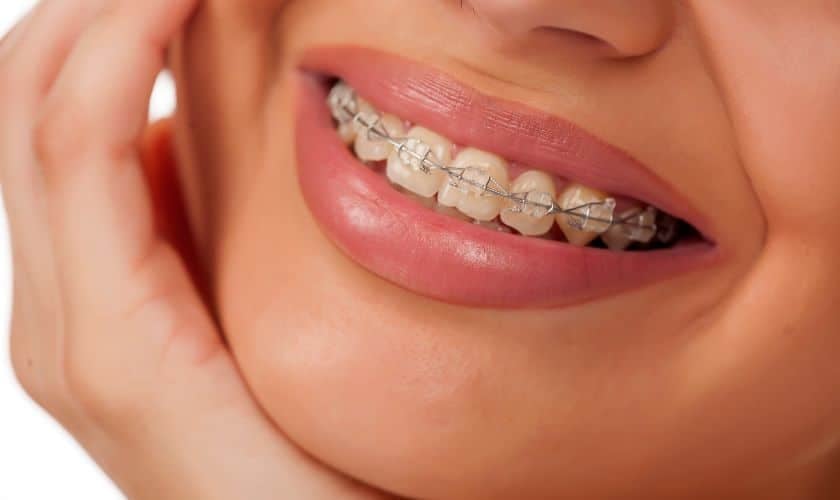For anyone exploring orthodontic treatment, understanding the different types of braces is key to making the right decision. While Metal Braces in Dubai remain one of the most popular and reliable choices, self-ligating braces have emerged as a modern alternative with unique benefits. Both options aim to straighten teeth effectively, but they differ in design, function, comfort, and maintenance.
What Are Traditional Metal Braces:
Traditional metal braces consist of small metal brackets attached to each tooth, connected by an archwire that is secured with elastic bands, also called ligatures. These bands come in various colors, allowing patients to customize their look while keeping the braces in place.
What Are Self-Ligating Braces:
Self-ligating braces use a similar bracket-and-wire system but eliminate the need for elastic bands. Instead, they feature a built-in clip or sliding mechanism that holds the archwire, allowing for more natural movement and potentially fewer orthodontic visits.
Design and Appearance Differences:
Traditional braces are slightly more noticeable due to the elastic bands, while self-ligating braces have a sleeker design that can appear less bulky. However, both are visible and made primarily from metal, although some self-ligating options are available in ceramic for a more discreet appearance.
Comfort Levels During Treatment:
Because self-ligating braces reduce friction between the wire and bracket, they often feel more comfortable after adjustments. Traditional braces may cause slightly more pressure and soreness following tightening appointments due to the elastics holding the wire firmly in place.
Treatment Time Comparisons:
Some patients experience faster treatment times with self-ligating braces because the reduced friction can allow teeth to move more freely. However, the overall duration still depends on the complexity of the orthodontic case rather than the type of braces alone.
Maintenance and Cleaning Requirements:
Traditional braces can be harder to clean because elastic ligatures can trap food particles and plaque. Self-ligating braces, without elastics, tend to be easier to brush and floss around, potentially lowering the risk of plaque buildup.
Adjustment Frequency and Appointments:
Patients with traditional braces often need more frequent adjustment visits, usually every 4–6 weeks, because elastics lose their tension over time. Self-ligating braces may require fewer visits, with adjustments spaced out to 8–10 weeks in some cases.
Cost Considerations:
Traditional braces are generally more affordable than self-ligating braces, making them a cost-effective option for many families. Self-ligating systems often come at a higher price due to their advanced design and potential for reduced treatment time.
Suitability for Different Cases:
Both traditional and self-ligating braces are effective for treating a wide range of orthodontic problems, including overcrowding, gaps, and bite issues. The choice often comes down to personal preference, budget, and orthodontist recommendations.
Durability and Reliability:
Traditional metal braces have a long-standing track record of reliability and are suitable for even the most complex cases. Self-ligating braces are also durable but may not always provide a significant advantage for patients with severe misalignments.
Patient Lifestyle Preferences:
Patients who want colorful bands and a more personalized look may prefer traditional braces. Those who want fewer orthodontic visits and a slightly more streamlined appearance may lean toward self-ligating braces.
Final Thoughts:
When choosing between traditional metal braces and self-ligating braces, it’s important to weigh the pros and cons of each option. Both are highly effective at delivering a straight, healthy smile, and Metal Braces in Dubai offer trusted results with decades of proven success. Ultimately, the right choice depends on your treatment goals, comfort preferences, and lifestyle needs. Consulting with an experienced orthodontist will help you determine which system will work best for your unique case.

